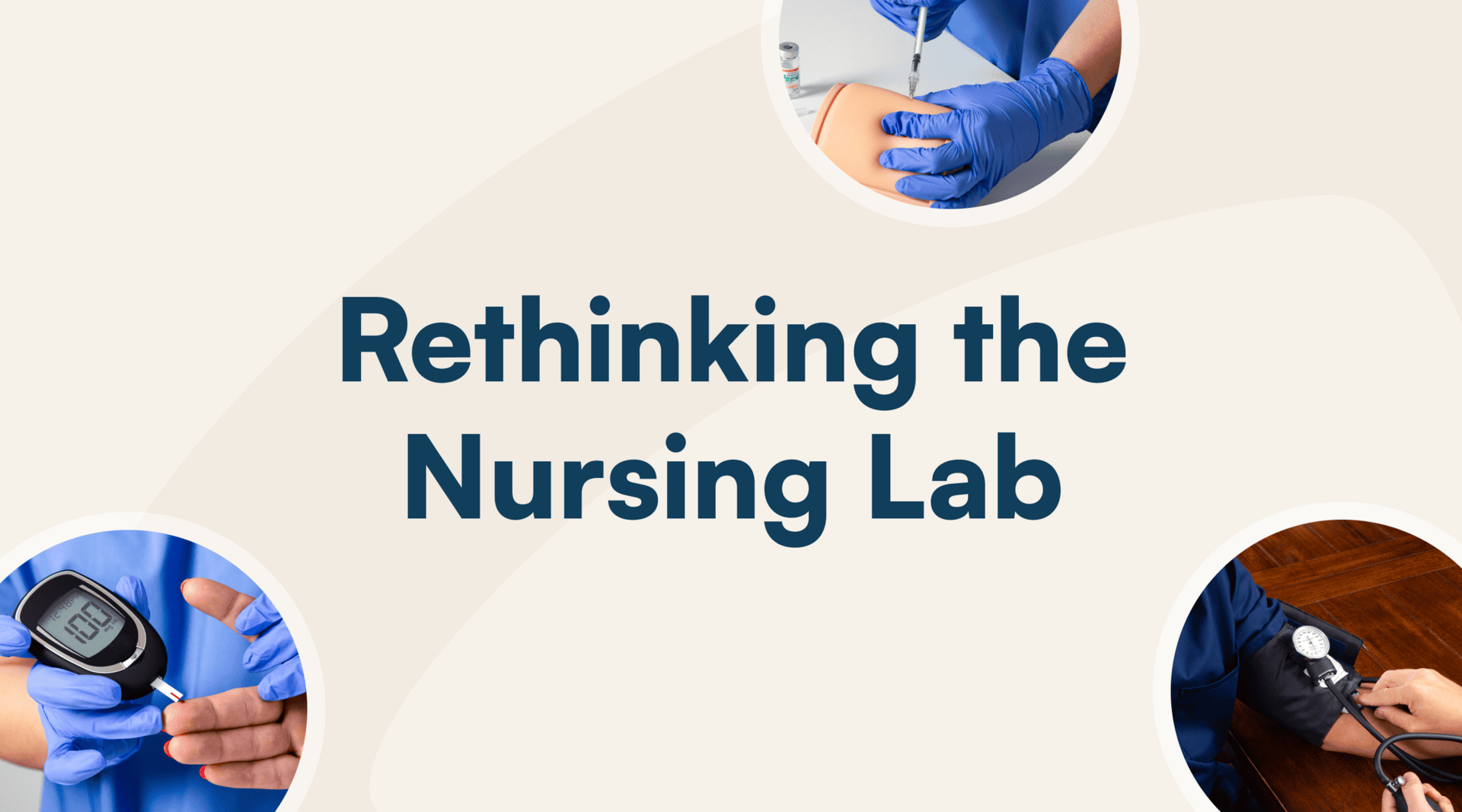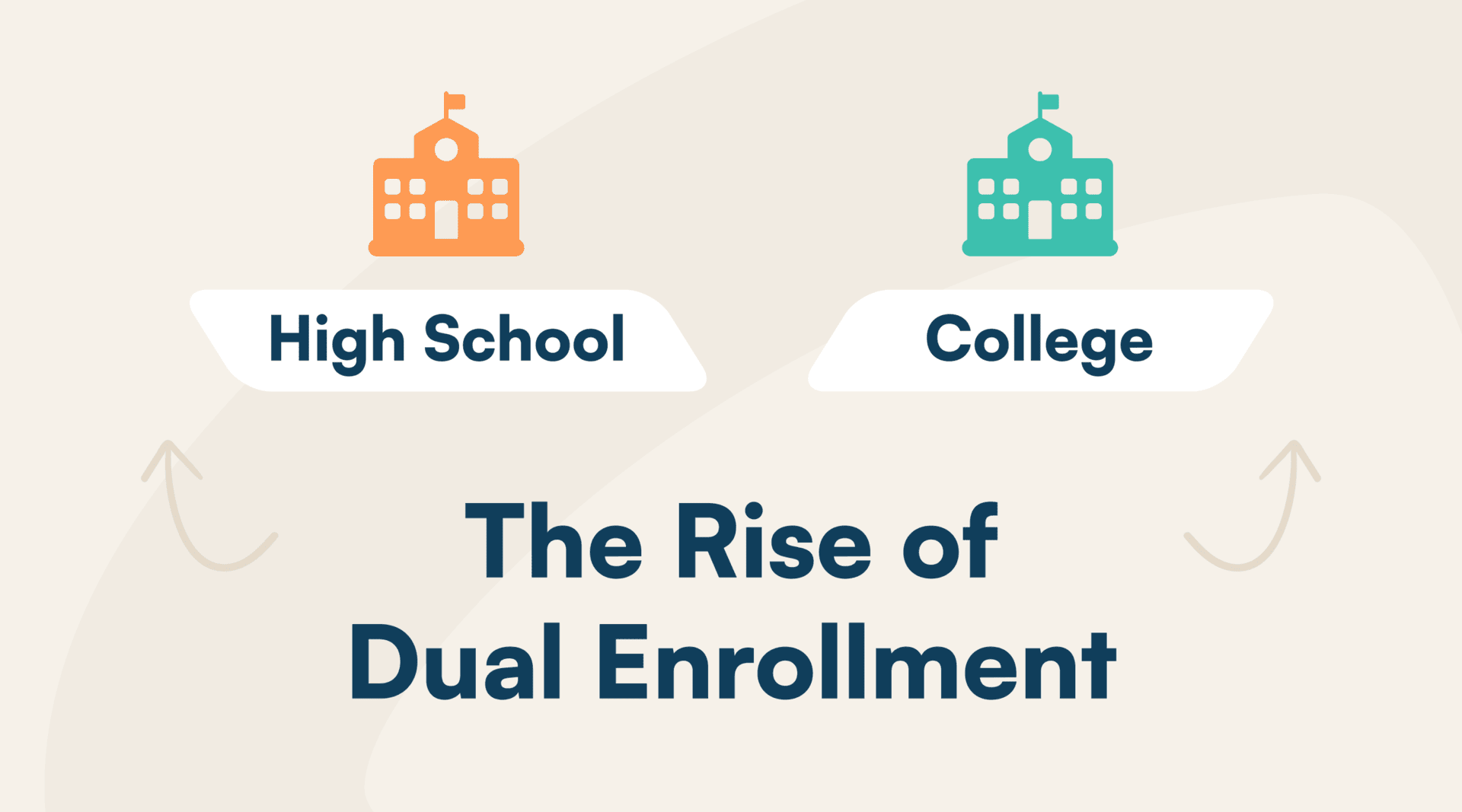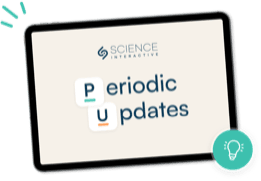Dual enrollment students are estimated to number nearly 2 million, and account for one out of five community college students, according to estimates from the National Student Clearinghouse Research Center. From here, community colleges oversee roughly 70% of dual enrollments with four-year colleges running the remaining 30%.
The term dual enrollment refers to students being enrolled—concurrently—in two distinct educational institutions. The term is most prevalently used in reference to high school students taking college courses while they are still enrolled in a secondary school (i.e., a dual-enrollment student), simultaneously earning high school and college credits from a single class.
This rise in popularity of online learning options—whether that be fully online, hybrid, or blended—has spurred a surge in dual enrollment, creating greater flexibility for more students to participate. But some researchers claim that students are flocking to these courses because they perceive that it’s easier to earn college credits through dual enrollment than through Advanced Placement, raising a lot of questions about the quality and rigor of course content and how to ensure students receive a college-level experience.
Online Learning Supports Dual Enrollment
When you create more options for online versions of your face-to-face lab courses, you can cast a wider net, including high school students seeking dual enrollment or accelerated summer offerings who otherwise might not be able to attend courses on your campus. As one student who was surveyed for the 2024 Annual Lab Report shared, “The ability to have an online lab increased my course choice options and optimal schedule organization.”
Those programs unable to adapt to the changing needs and preferences of their learners risk falling behind and driving those students elsewhere. Nearly three-fourths of the administrators we surveyed for this report indicated steady growth in online lab courses, much of which they attributed to dual enrollment and pre-health science students. It’s why 39% of deans and department chairs said they plan to increase the number of online lab courses offered online.
These numbers aren’t surprising, when broader trends are taken into account. In the 2024 Voice of the Online Learner, 77% of surveyed students said they decide on the online modality before any other factor, and 60% would choose programs at a different school if their preferred college/university didn’t offer their courses online, and that includes high school students looking for dual enrollment courses.
In addition to giving students the chance to get an early start on their college education, dual enrollment programs help reduce the financial burden of rising tuition costs as well as improve the likelihood that students succeed in college. Dual enrollment programs have been found to have positive effects on students’ college degree attainment, college access and enrollment, credit accumulation, completing high school, and general high school academic achievement.
For example, in data collected for the 2024 Annual Lab Report, the majority of deans and department chairs indicated increases in enrollment for online lab courses—with the key drivers of that growth being an increasing number of dual enrollment students and pre-health science students.
In other qualitative research interviews, students have described how dual enrollment courses taught them how to take notes or study for a test, helping them feel more prepared for college and boosting students’ confidence. But such courses also don’t also without potential disadvantages.
The Benefits of Dual Enrollment for Students
Early Exposure to College Life
In BestColleges’ 2019 College Prep Survey, 22% of parents felt concerned about their college student’s ability to live independently and balance their social life and academics with little to no parental supervision. Similarly, 20% questioned their child’s readiness for meeting academic expectations.
Parental fear around college is very real, and many students share these concerns as well. Dual enrollment courses give high school students an early snapshot of the academic, social, and time demands they’ll face in college.
Learners who participate in a dual-enrollment program at a local college get to meet real college students, professors, and staff. They also get the opportunity to adjust to the academic rigor of college classes and participate in co-curricular activities.
Exposure to an educational environment with older adult students provides high school students with a learning opportunity high school simply can’t offer. College students understand that the skills required for success and content mastery differ significantly from the skills required in high school. In order to succeed at the college level, students need to take ownership of and accountability for their learning.
Dual enrollment programs can provide a highly valuable learning experience for high school students, especially first-generation college students, who may lack knowledge of and exposure to college campuses. Performing well in college courses while still in high school strengthens a student’s aspirations as well as their confidence in their academic success.
Diverse Array of Classes
Dual enrollment courses often cover subjects not available at high schools or can expand students’ opportunities and spark interest in subjects like lab sciences. Research shows that classroom diversity positively impacts student creativity, motivation, and critical thinking. Exposure to diverse coursework can also help students formulate clearer academic and college goals and choose a major.
For example, by taking lab courses for credit while still in high school, students get hands-on exposure to a bigger array of topics and potential courses of study that could help them choose a major and career path.
The Cons of Dual Enrollment
Conflicts Between High School and College Demands
Because students enrolled in dual enrollment programs take high school and college courses at the same time, some college courses may overlap or conflict with the student’s high school schedule. If the student has to commute between campuses, this can also create a challenge.
Oftentimes, students have little flexibility in their high school class schedules and can only take certain classes at specific times. Dual enrollment participants tend to have less time for extra-curriculars, causing them to miss out on high school and college activities due to having to negotiate their time between two institutions.
Differences in Dual Enrollment Credit Acceptance
While some students may be encouraged to take dual-enrollment courses, it’s important to know that not all colleges accept credit from these types of programs. This is why high school students should work with their counselors to understand the admission requirements and academic prerequisites for the colleges they plan to apply to.
For example, some credits may be accepted by their college of choice, but may not count toward degree completion, which calls into question their rigor—causing colleges that do oversee these programs to focus more intently on improving quality.
How to Ensure a Rigorous Experience that Supports Better College Readiness
Use Hands-On Labs For Deeper Student Learning
Scientific literacy is a fundamental competency that improves students’ ability to ask questions and draw evidence-based conclusions in order to understand the natural world as well as the changes made to it. Providing high students with an opportunity to learn by doing, to test their hypotheses, and to fail remain essential aspects of a traditional lab experience that many may not have experienced yet. Without these experiences, it’s difficult to build foundational skills in scientific literacy, let alone progress into advanced studies or even think about careers in the sciences.
Hands-on labs allow students to physically conduct experiments at home or in their local environment, using lab grade materials that are comparable to what is used in a campus laboratory, and the result is often a much more rigorous learning experience.
Mirroring the quality of a campus lab experience as closely as you can by having your dual enrollment students physically conduct experiments will benefit them. In fact, comparative studies suggest that students learn just as much from these labs and in ways similar to those who attend in-person labs (Casanova et al., 2006; Reuter, 2009). Recent studies show that a hands-on component to learning helps students engage better with the material—gaining a deeper understanding of the concepts they are learning.
If that weren’t enough, according to data from the 2024 Annual Lab report, 75% of instructors teaching an online course with hands-on labs said they felt that these labs were comparable to an in-person lab experience, a 12% increase from last year’s report. What’s more, 90% said these labs provided students with the knowledge and skills needed to apply their learning to the real world.
What’s more, incorporating a hands-on component helps ensure students can use your course for transfer credit, which is important for dual enrollment students. Be cautious with relying solely on virtual simulations in your courses because while they can improve student engagement and reinforce key concepts, they won’t provide a hands-on experience, and as a result, courses often don’t meet transferability requirements.
| Did you know…We have more than 450 rigorous hands-on and virtual labs to meet the needs of any of your courses — across 14 Quality Matters-certified disciplines. You can choose ready-made hands-on kits or customize a kit to meet your specific course requirements. Then, simply select the best blend of experiments to meet your course goals – while staying within budget — and delivering a rigorous, high-quality learning experience for online students. |
Use Virtual Simulations to Reinforce Student Learning
When used as the only lab modality in the course—meaning, in place of hands-on labs—virtual simulations prove ineffective.
| Administrators, Instructors & Students Agree –> 60% of instructors said their students would have learned more if given the opportunity to do hands-on labs at home –> 42% of deans and department chairs rated virtual simulations as ineffective when used on their own –> 63% of students using virtual simulations said they would have felt more confident applying what they learned in the real-world if they had the opportunity to do hands-on labs at home Source: 2024 Annual Lab Report |
As one full-time student commented, “I took an online microbiology course and all of the labs were virtually simulated with no hands-on experiments. It was not very helpful. For my online chemistry class, I have a kit so I can do all the actual experiments at home. I actually find doing hands-on labs just as helpful, if not even more helpful, than in-person class labs.”
That said, virtual simulations can prove to be an effective tool for supplementing student learning. 84% of students say that virtual simulations are a helpful resource for practicing and reinforcing key skills. As one full-time biology student shared as part of the Annual Lab Report.
That said, the most effective approach for instructors is to compose their course with a strategic mix of hands-on and virtual simulations. Consider adding in virtual simulations for students when you want:
- Students to observe the unobservable
- To balance course costs
- To provide a low stakes opportunity for students to practice, repeat and feel more prepared
For more on when to use virtual simulations, check out this resource.
Leverage Online Labs to Boost Enrollment through Dual Enrollment
On the upswing over the last decade, demand for online—and partially online—learning options has only accelerated, especially attractive to high school students seeking to earn early college credits. If you’re not adapting your courses and programs to an online modality, you’re missing out on a large pool of learners, who include dual enrollment high school students as well as non-traditional working adults and even your current on-campus students.
Still, lab courses often remain untapped or are the last to go online because ensuring a high-quality, hands-on learning experience can be challenging. Yet, with nearly a quarter of the total U.S. workforce requiring STEM educational backgrounds, and occupational needs for science-based backgrounds projected to grow over the next decade, having the right programs online is likely to attract more students and secure enrollments, including dual enrollments.
So if you’re ready to adapt your offerings, but are wondering how you can make your program stand out amidst others, the answer lies in quality, choices in lab modality, and the different tactics you use for engaging students. And we can help.
Discover more articles
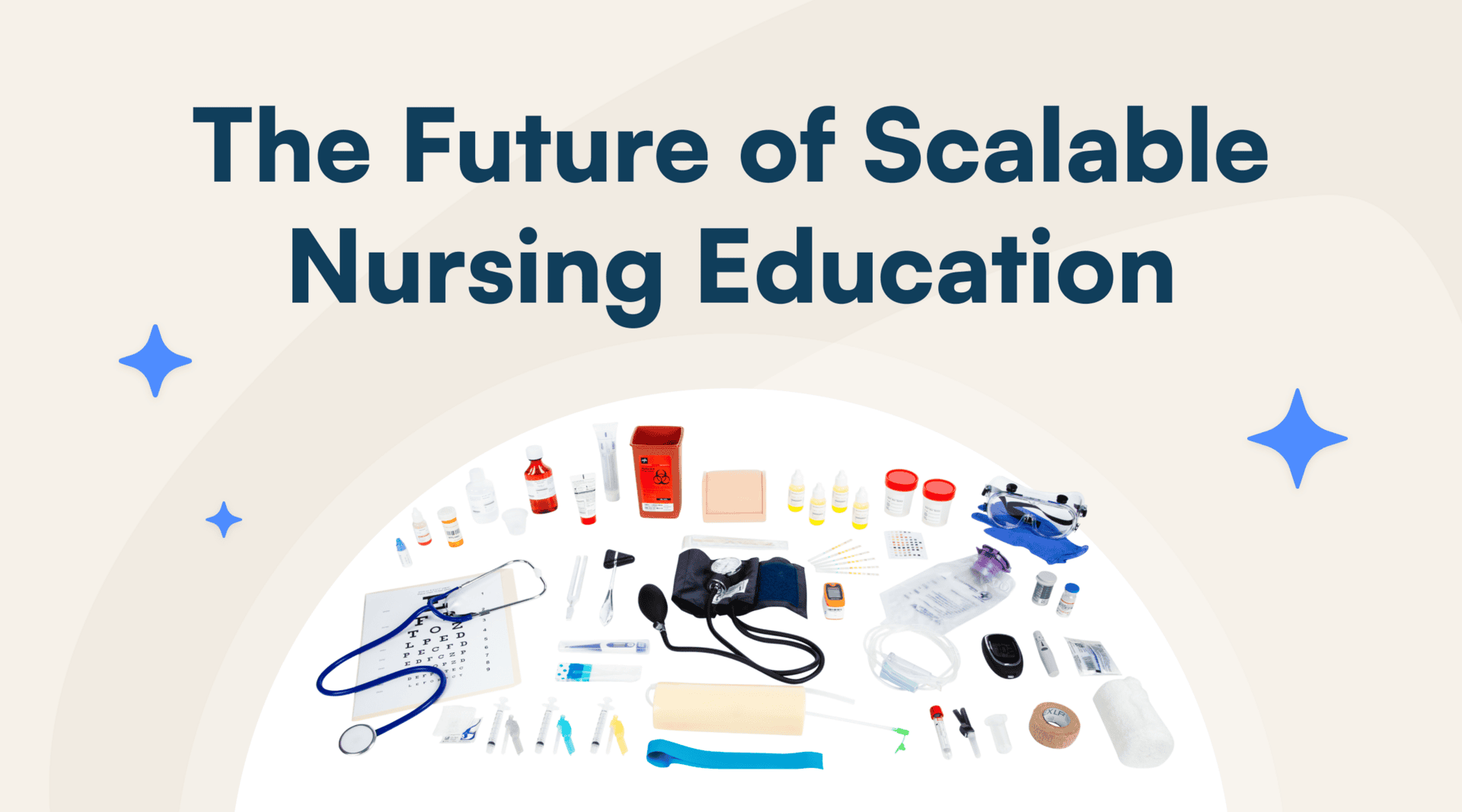
Science Interactive Launches New Nursing Fundamentals
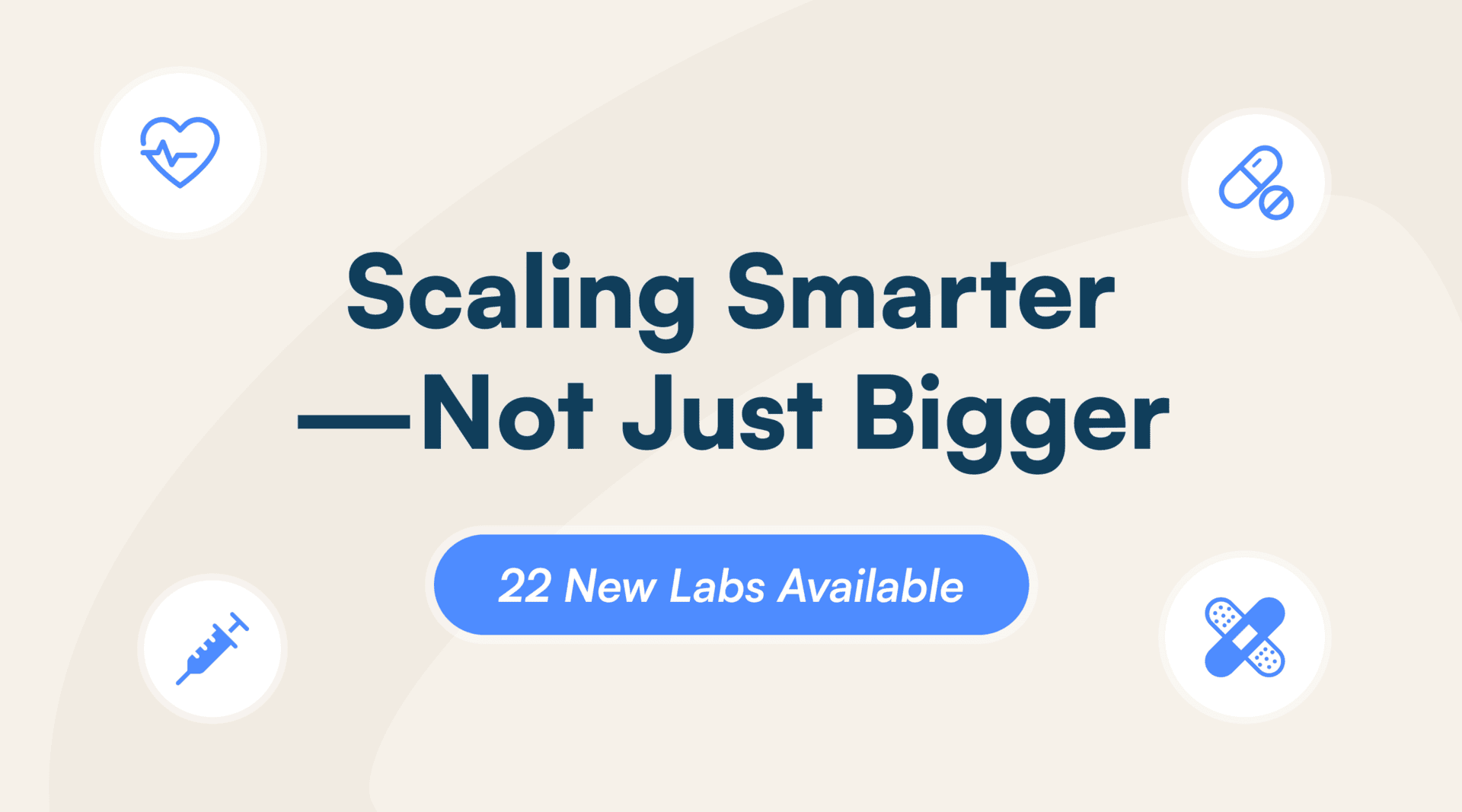
What Clinical-Ready Actually Looks Like (And How to Get There Sooner)
